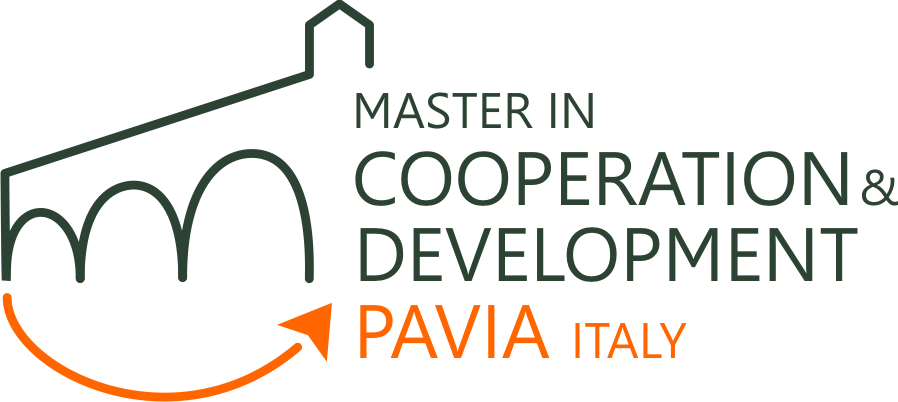- CATEGORY: Youngsters to Youngsters
Children’s right to education: what is the situation and how our children can learn about this
There are more than 72 million children in the age of primary school that today still do not receive the education they need. Learning is vital for their intellectual and social development.
Undeniably, many children from disadvantaged backgrounds are forced to abandon their education due to health problems or in order to work and provide support for the family. To this we can add that many emerging countries do not appropriate the financial resources necessary to create schools, provide schooling materials, nor recruit and train teachers. Funds pledged by the international community are generally not sufficient enough to allow countries to establish an education system for all children.
Equally, a lack of financial resources has an effect on the quality of teaching. Teachers do not benefit from basic training and schools have oversized classes.
This overflow leads to classes where many different educational levels are forced together which does not allow each individual child to benefit from an education adapted to the single needs and abilities. As a result, the drop-out rate and education failure remain high.
In rural areas the situation gets worse due to the difficulties to reach the schools.
 Mpangala primary school in Uganda
Mpangala primary school in Uganda
Out of the many reasons children in these countries don’t receive the education they need, there are two that could be faced making a big difference with little steps.
- The first one is a lack of learning materials: outdated and worn-out textbooks are often shared by six or more students in many parts of the world. In many emerging countries a very small percentage of all sixth grade pupils has sole use of a reading textbook. Workbooks, exercise sheets, readers, and other core materials to help students learn their lessons are in short supply. Teachers also need materials to help prepare their lessons, share with their students, and guide their lessons.
- The second reason is lack of structures, and not only classrooms: a child cannot learn without the right environment. Children in many countries in sub-Saharan Africa for example are often squeezed into overcrowded classrooms, classrooms that are falling apart, or are learning outside.
In Uganda, for example, it’s not just a lack of classrooms that’s the problem, but also all the basic facilities you would expect a school to have — like running water and sanitary facilities.
These two issues alone make the situation difficult for children: we cannot imagine how much. But everyone can help making small steps all together.
Learn more about the problems in small rural schools in developing countries like Mpangala in Uganda and on how much our children can learn to become better citizens of the future helping others.
University Partners
We are the trusted international internship partner to top colleges and universities








